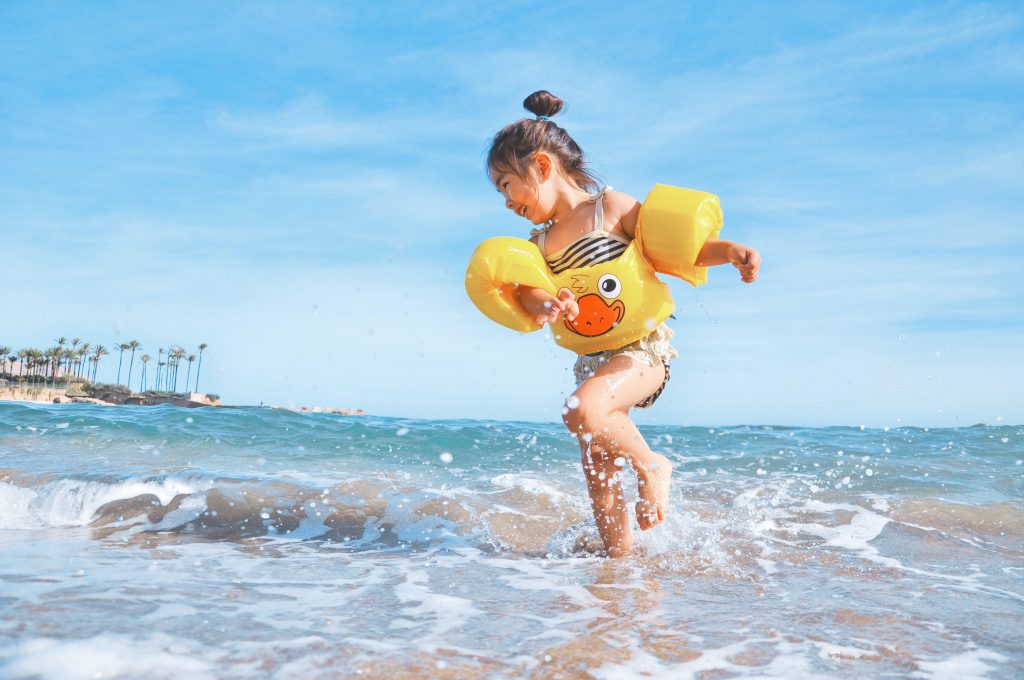What is Physical Therapy?
Physical Therapy works on movement and balance activities, such as rolling, crawling, sitting, walking, running and jumping. Physical Therapists help the child to maneuver throughout their community, classroom or playground.
Physical Therapy addresses strength, endurance, body alignment and positioning, gross motor skills, sensory integration, motor planning, posture, muscle tone, coordination, and balance.
Pediatric Physical Therapy focuses on helping your child reach their developmental milestones for motor skills and sensory processing. Physical Therapy can also address safety awareness, body and environmental awareness.

